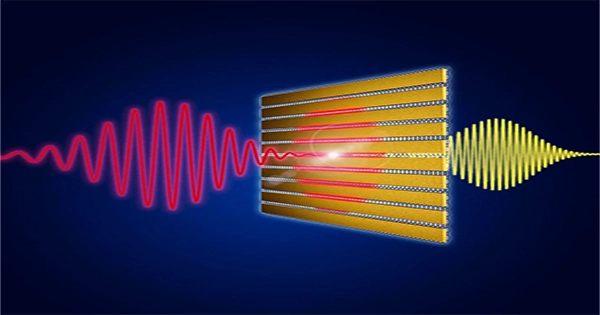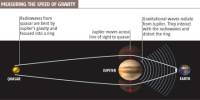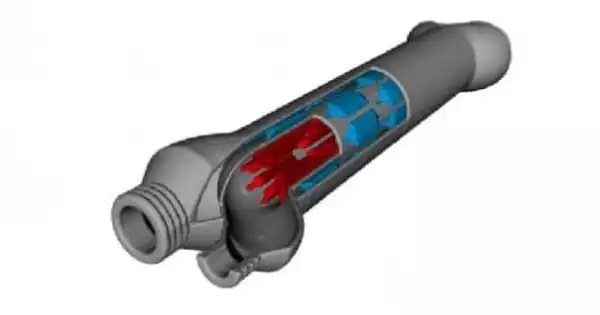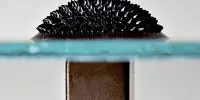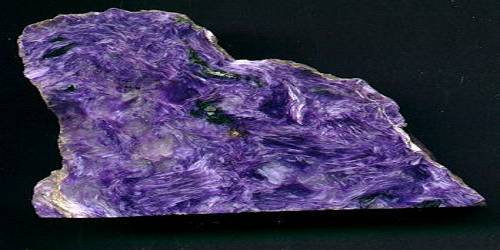Micro- and nanodisk lasers have lately emerged as viable optical sources and probes for a variety of nanophotonics and biomedicine applications. Their ability to generate deterministic wavelength lasing with ultra-narrowband precision is crucial for a variety of applications such as on-chip photonic communications, on-chip bioimaging, biochemical sensing, and quantum photonic information processing. However, mass production of such precise wavelength micro- and nanodisk lasers remains difficult. Current nanofabrication technologies increase unpredictability in the disk diameter, making predictable wavelengths in laser batches challenging.
To address this issue, a team of researchers from Harvard Medical School and the Wellman Center for Photomedicine at Massachusetts General Hospital developed an innovative photoelectrochemical (PEC) etching-based technique that enables precise tuning of the lasing wavelength of microdisk lasers with subnanometric accuracy. Their findings appear in the Gold Open Access journal Advanced Photonics.
The novel method enables the production of micro- and nano-laser batches with exact and predetermined emission wavelengths. The use of PEC etching, which provides an effective and scalable approach to fine-tune the wavelength of microdisk lasers, is the key to this accomplishment.

The researchers achieved SiO2-capped indium gallium arsenide phosphide microdisks on indium phosphide pillar structures in their research. Then, using photoelectrochemical etching in a diluted sulfuric acid solution, they accurately tuned the lasing wavelengths of these microdisks to deterministic values. They also investigated the mechanism and kinetics of the specific PEC etching. Finally, the wavelength-tuned microdisk arrays were transferred to a polydimethylsiloxane substrate, yielding free-standing, isolated laser particles with discrete lasing wavelengths. The generated microdisks emitted lasing with an ultranarrow bandwidth of less than 0.6 nm for on-pillar lasers and less than 1.5 nm for isolated particles.
This finding paves the way for numerous new nanophotonic and medicinal applications. For example, free-standing microdisk lasers can act as physical optical barcodes for heterogeneous biological materials, allowing specific cell types to be tagged and specific chemicals to be targeted in multiplexed tests.
Cell-type specific tagging is currently done with traditional biomarkers with broad emission linewidths, such as organic fluorophores, quantum dots, and fluorescent beads. As a result, only a few cell types can be marked at the same time. Microdisk lasers, on the other hand, with their ultra-narrowband light emission, would allow for the simultaneous identification of a greater number of cell kinds.
As a result, the team used the precisely adjusted microdisk laser particles to tag live normal breast epithelial MCF10A cells in culture and successfully proved them as biomarkers. These lasers, with their ultra-narrow bandwidth emission, have the potential to revolutionize biosensing done utilizing well-established biomedical and optical techniques as cell dynamics imaging, flow cytometry, and multi-omics analysis.
The PEC-based etching approach represents a substantial development in microdisk lasers. The method’s scalability, combined with its sub-nm accuracy, offers up new possibilities for the various applications such lasers have in nanophotonic and biomedical devices, as well as the barcoding of specific cell populations and test chemicals.
